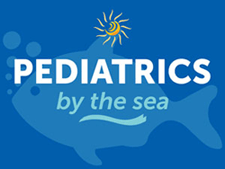Cerebral Palsy
Condition Basics
What is cerebral palsy (CP)?
Cerebral palsy (CP) is a problem that makes it hard for a child to control movement. It's caused by injury to the brain. Usually, this injury happens before birth. The brain injury that causes CP doesn't get worse over time, but symptoms may start, change, or become more severe as a child grows.
What causes it?
CP is caused by a brain injury or problem that occurs during pregnancy or birth or within the first 2 to 3 years of life. It can happen if the baby doesn't get enough blood, oxygen, or other nutrients before or during birth. Other causes include premature birth, certain infections, and genetic problems.
What are the symptoms?
CP causes problems with body movement and posture. But symptoms can vary. Some people may limp, while others may have little to no control over some body parts. In some cases, the symptoms of CP are noticed at birth. In others, symptoms aren't clear until early childhood.
How is it diagnosed?
The doctor will do a physical exam and ask about your family's health history and your child's past health. The doctor may ask about your child's growth and development and about any problems you may have noticed. The doctor may also do tests, such as lab tests or an MRI of your child's head.
How is CP treated?
Even though cerebral palsy (CP) can't be cured, you and your child can do things to help deal with symptoms, prevent problems, and make the most of your child's abilities. Physical therapy is one of the most important treatments. Medicines, surgery, and special equipment such as a walker can also help.
